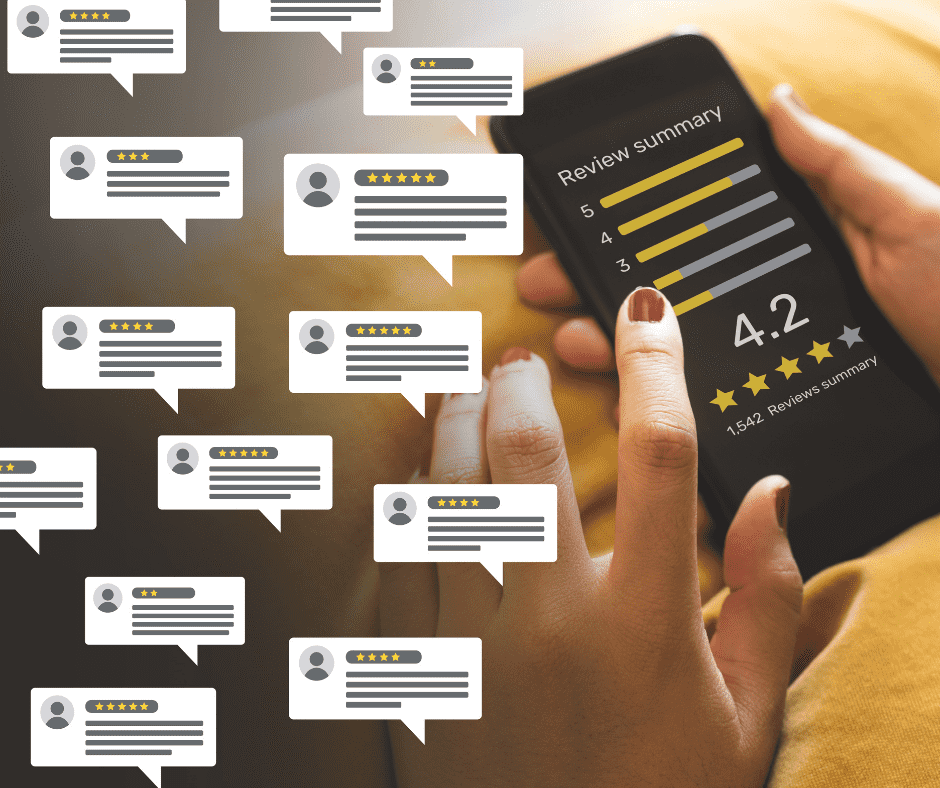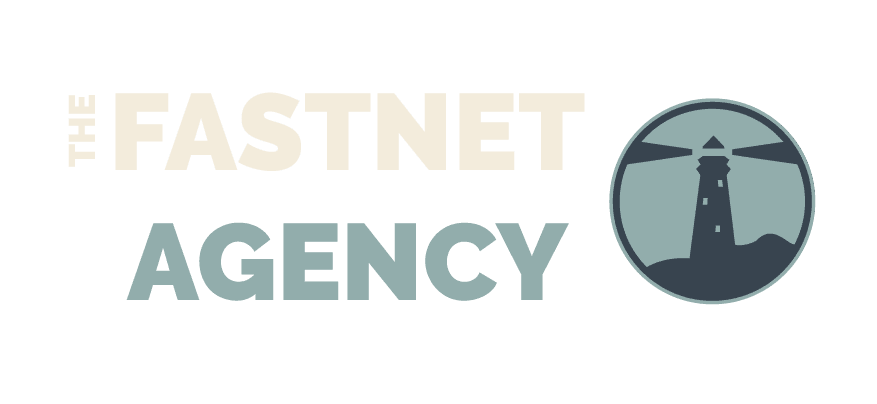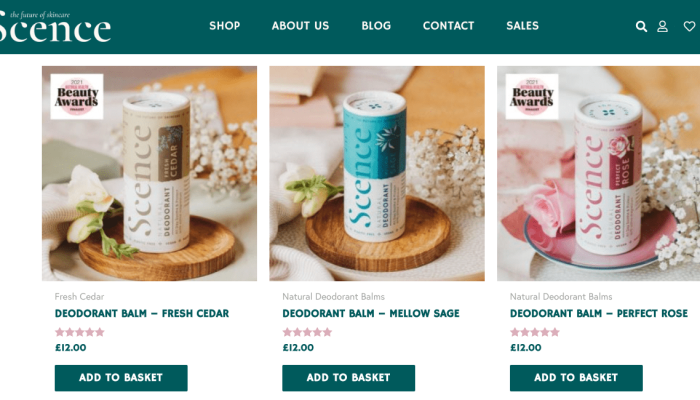Launching a new ecommerce store is really exciting – one of the biggest decisions you’ll make is how to get your website up and running. Getting your ecommerce store started can be a really stressful thing and there’s a number of elements you’ll want to consider.
Here’s our advice for setting up your online store, the key components you need to cover to make sure your ecommerce brand grows quickly and profitably. Here at The Fastnet Agency we love to help ambitious up-and-coming brands to scale their online stores through digital marketing.
Domain Registration
Your domain is your URL, for example mystore.com, you can use a domain provider to get this, there’s a number of different providers out there, one.com, 123 Reg, GoDaddy etc..
You’ll need to go to the provider and register the domain you want, you’ll be able to search and see what domains are available. We recommend that if you’re going for a .com domain and you’re based in the UK, you also try to register a .co.uk or vice versa. This stops someone setting up an almost identical domain and setting up a similar brand that could jeopardise your own store.
Registering the domain is a really simple process – once you’ve selected an available domain you just follow the payment process, it’s not particularly expensive, most will allow you to register a domain for about £20 or so for the year. Domains that are particularly sought after can be more expensive.
Hosting
Once you’ve got your domain set up and you know what your web address is going to be, the next thing to consider is hosting. Hosting is like the server that stores all of the files for your website, which allows your website to be accessible when you go to your domain name.
There’s a number of different hosting providers out there, if you choose a self-hosting platform such as Woocommerce, it means you’ve got to get your own hosting up and running to host those website files.
If you choose a platform like Shopify, they provide the hosting for you, as they are a ready-made service. These are the two most popular platforms used for hosting, but it’s up to you to work out what suits you best.

Payment Gateway
This is the provider that allows you to take payment online and there are a number of different ones, the biggest ones are Paypal and Stripe, both good options for integrating into your site.
Shopify has its own payment gateway that you can choose to use or there’s WorldPay and SagePay – there’s a multitude of different payment gateways that you can use. We recommend Paypal and Stripe if you’re looking for a really simple integration, they are the market leaders.
Choosing your developer
If this is not an area of your expertise you will be looking for somebody to build your online store for you. The first thing to think about is that web developers aren’t web designers, some do both, you need to check whether the person you’re employing has overlapping skills or not.
It’s useful to get an idea of the work they’ve done in the past, ask about the history of the sites they’ve built and details about why they built certain functionalities into them. Get them to give you a rundown of what’s behind their sites, the thought process and how they managed the project. If you’re using a third-party hosting solution like Woocommerce and you’re looking to host that platform yourself you want to make sure your developer has good security and hosting solutions for you, unless you’re looking to self-host.
Making sure you’ve got a good backup system and good security features are important; we’ve seen a rise in hacking attempts after the pandemic, so you need to make sure you have things in place to prevent something like this happening and if it did happen, you have a quick, effective way of getting it all back up and running.
Whoever builds the site has to be willing to train you and your team on how to use it – you need to know how to process orders, reply to customers and amend things on the backend of the website. Understanding how your website works at a functionality perspective is really important – make sure your developer is really willing to do this.
IP (Intellectual Property Ownership)
Be really clear about who owns the Intellectual Property (IP) for your website – you don’t want to be committed to one developer for the rest of your website life.
You always want to have the flexibility to be able to move on to find different developers in the future. This can only be problematic if your original developer believes they own the IP of your website, so be very clear on this on the payments of your invoice and contract for the website build.

Features to include in your ecommerce store
This is unique for every business, you might have a certain bespoke functionality that you need specifically for the type of products that you sell.
There’s some features we really recommend that everyone should incorporate into their site to make the most of their marketing in the longer term.
If you’re running adverts, it will cost you a certain amount to acquire a customer every time, so once you’ve acquired that customer you want to make sure they spend as much as possible at the checkout in order to get the maximum return on your investment .
Cross sells, upsells and packages are a great way of doing this. If someone comes to your site for one specific item you can then sell them other complimentary items that build into a package, maybe offer a discount if they buy them together which pushes up your average order value at the checkout, making your marketing more profitable.
Make sure you have a clear plan of how you’re going to do this – you’ll notice Amazon do it all the time, you go to one product and they recommend another, sometimes when you get to the checkout process you get an option of buying something else for a discounted price.
Your user flow
It’s really important to consider user flow, from somebody landing on your site, to adding something into their cart, to going to the checkout. If this process is complicated or clunky and is not 100% clear how to go about things it means you will lose people and sales.
You don’t want a willing customer to then disappear because the process is too complicated – it’s really important to make sure as part of the features and functionality of the site that you’ve created a really smooth, easy, slick and quick user journey, from adding the product to their basket, to checking out and everything in between.
This doesn’t just apply to desktop, make sure it’s just as easy on mobile, sometimes it’s more difficult on mobile to get this functionality to feel easy and intuitive – make sure your developer has put careful thought into the process to ensure your website works effectively on all devices.

Coupon Codes
Using coupon codes and gift voucher codes are really important tools, they are two slightly different things.
Coupon codes are where you’ve offered a special offer, maybe someone wins a competition or a special offer from your email list or your social media list and you give them a specific code to pop in at the checkout that will give them a certain percentage off or maybe a free gift. Coupons are really important and making sure you’ve got some options as to how you use them is a really good idea.
Gift Vouchers are another really great way of allowing people to use your store and introduce new people to your store. Slightly different from coupon codes, in this instance, they buy a gift voucher online for £20, £30 etc. which provides a gift voucher code which the person they are gifting to can then enter at the checkout to use the voucher amount.
You’ll find having both of those features incorporated into your site gives you much more flexibility in terms of growing the site, promoting the site and introducing others to your website.
Instagram Tagging
Something that can be really useful for products like clothing, apparel and various other types of products is an Instagram feed featuring your product.
When someone tags your product on Instagram, which you can do if you’ve set up an online shop with your products linked, you can then use those user generated photos and images on the product pages to show your customers genuinely using your products.
This is more of an advanced feature which takes a little longer but it can be really effective when people want to see what the products look like on real people, not just models. Having an Instagram feed that allows you to add additional images through Instagram to your product pages can be a really useful sales tool.

Reviews
These will become one of the most important things you can have in your online store, so it’s really important you’ve got that set up from the beginning so that customers can quickly and easily leave a review.
Have a process or automation for chasing reviews that doesn’t involve you having to do this manually, so when somebody checks out and buys a product they then automatically get emailed asking to leave a review on a number of occasions until they go ahead and do that.
You can create incentives to leave a review, maybe you give a discount or a certain percentage off your next shop.
We hope you’ve gained some valuable advice for launching your ecommerce store. One thing that’s really important when starting up is understanding your niche, click here to listen to our top tips on nailing your niche to help take your business to the next level.



